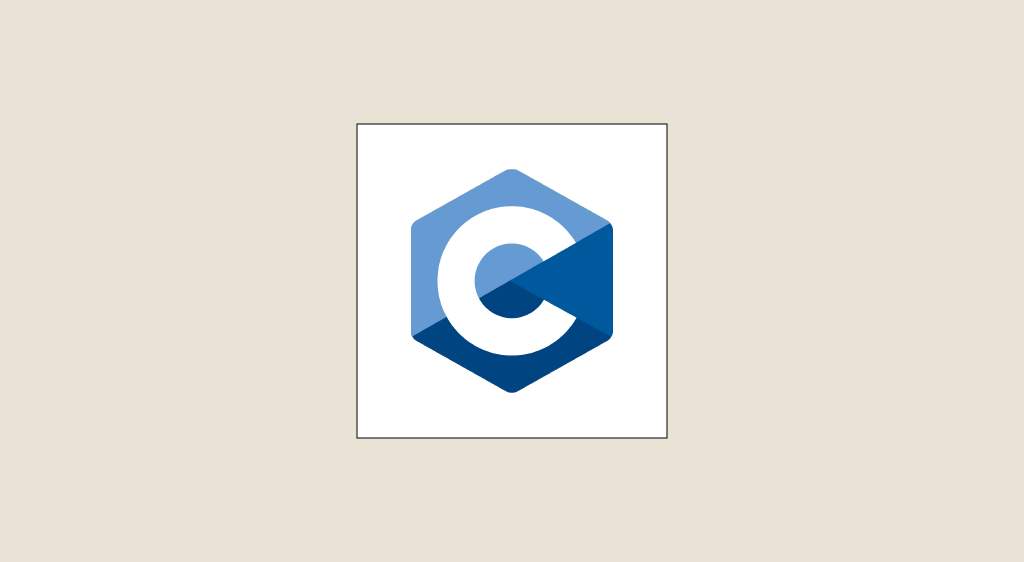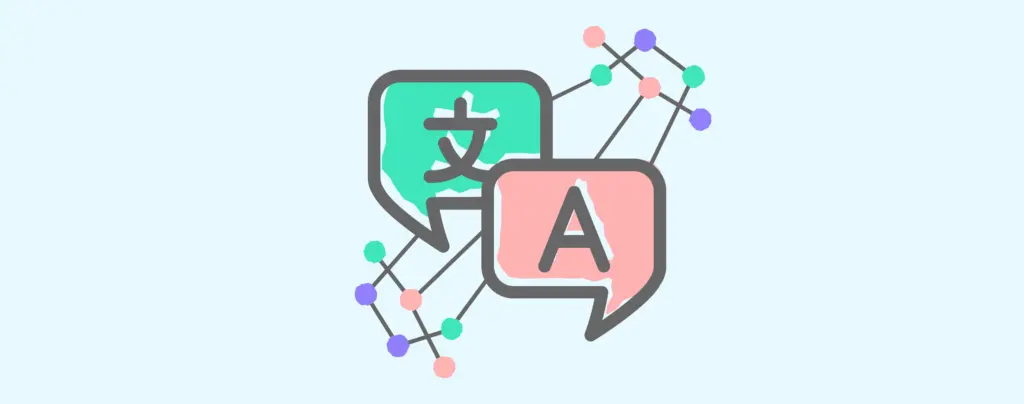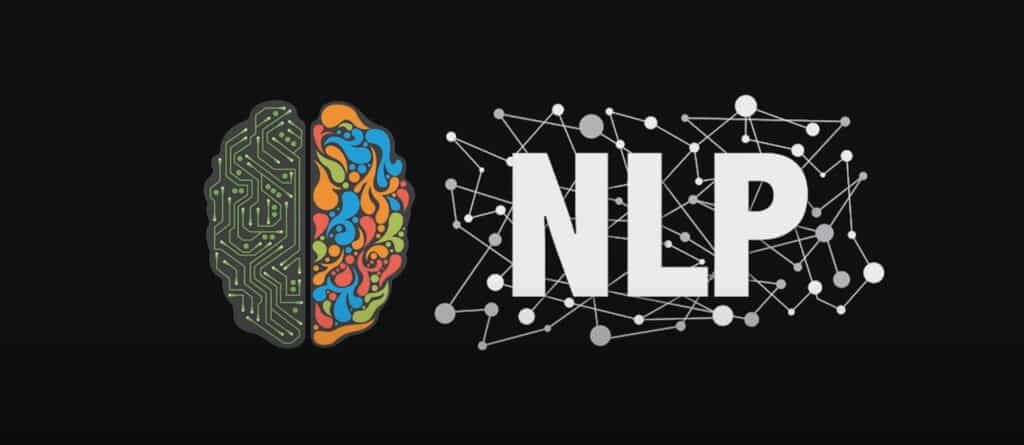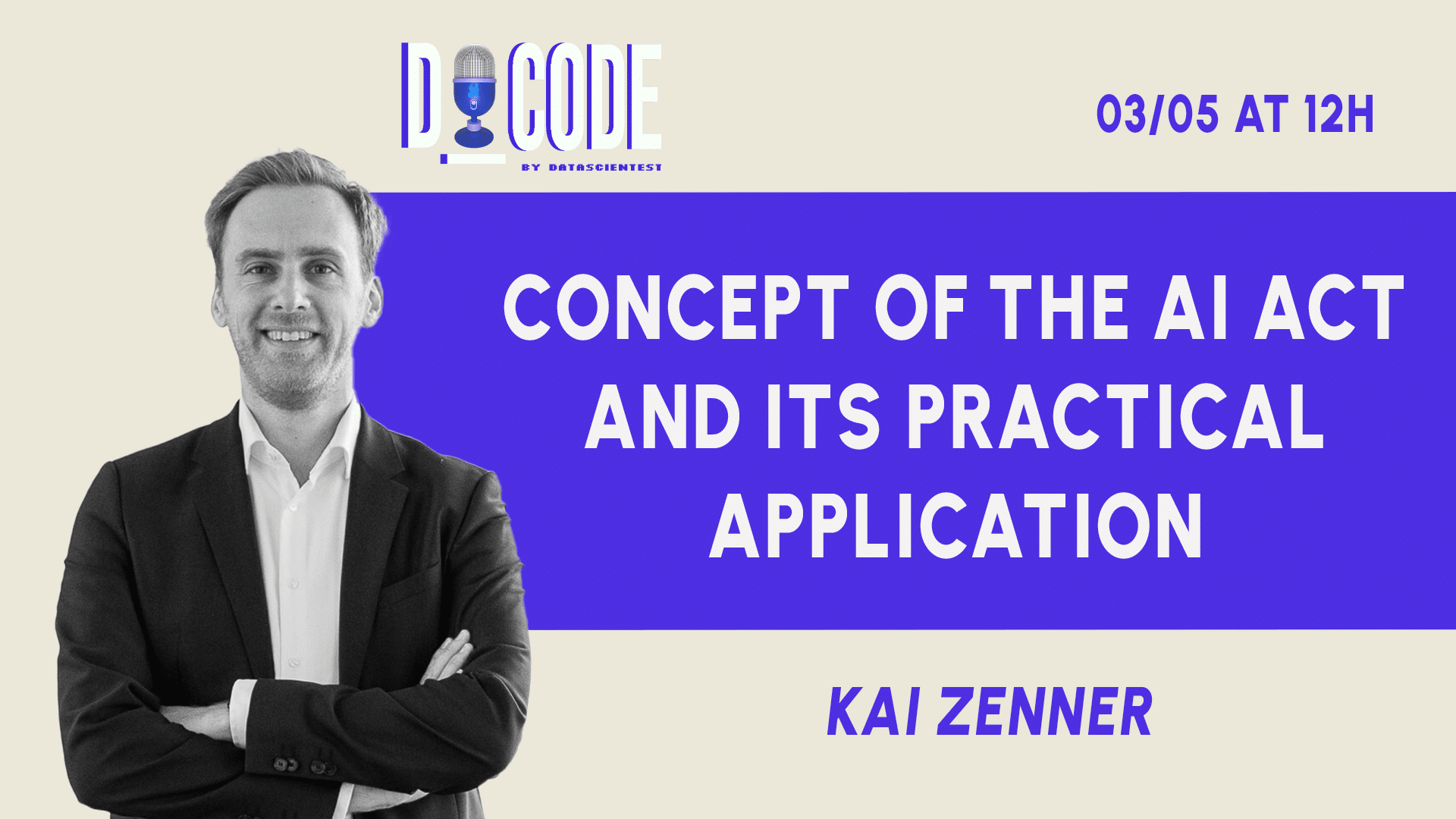Want to know why some programmers use the C programming language and not Python? Find out in this article about the advantages of C, its limitations and the differences between C and Python.
Where does the C language come from?
The programming language C is one of the most popular languages in the world. Designed in the 1970s, C is a low-level language that provides programmers with fine-grained control over their machine’s processor and memory.
Programmers also choose C when they seek to perform simulations or develop scientific computing programs. In this article, we will explore the advantages of the C language as well as the differences it has compared to Python.
What is the purpose of the C language?
The C programming language is used to create a wide variety of software and operating systems. It is primarily employed in the development of applications that require high performance and foundational software for computers.
Quelles sont les structure et syntaxe du langage C ?
C is what is known as an imperative language: a program consists of a sequence of instructions to be executed by the processor.
A C program is composed of global variables (data accessible throughout the program), a set of functions that call each other and perform specific tasks, and a crucial function: the main() function, which represents the entry point of the program.
Despite some flexibility in formatting, a C program must follow certain rules. Similar to Python and R, the syntax of the C language is concise and considered object-oriented. This allows for the creation of objects such as arrays and matrices used later for data storage and manipulation.
Like many other languages, C syntax primarily uses functions and operators to define and execute basic instructions. These instructions are organized into logical blocks enclosed by curly braces and terminate with a semicolon. The syntax of this language is strict and demands particular attention to detail, as an error can lead to compilation and/or runtime behavior issues.
To find out more: what are the special features of the C language?
Here are some specific features of the C language:
- C is a statically typed language,which means that variable types must be declared before they are used. This guarantees greater security.
- For arrays: they are declared by specifying their type and size. They can be used to store collections of elements of the same type.
- When it comes to writing functions:a function begins with its signature, to specify its name, arguments and return type. This is followed by the body of the function and is delimited by braces. As in the previous example with the function fct or in the following example:
- C also uses punchers : variables containing memory addresses. They are often used to directly manipulate memory and create programs that are fast, efficient and optimized in terms of access to stored data. Pointers are defined by *’s in front of variable names, and the variable’s memory address is accessed with a & like the following:
- C also introduces type structure : custom data types for grouping elements of different types. They are defined using the word struct :
- These are what we call preprocessor directives: instructions executed before the code is compiled. They start with a # and are used to include files, define constants, etc.
- Finally, C has a standard library with functions for common tasks such as file management, input/output, string manipulation… Which saves time.
What are the advantages of C?
- One of its main advantages is its portability. The portability of a programming language is its ability to be used on different operating systems or hardware without the need for major modifications to the source code. For example, programs written in C can be compiled on different platforms and operating systems without any operating concerns.
- In addition, C is known for its efficiency and speed in memory usage. This advantage makes it particularly useful for applications requiring high performance (i.e. rapid response and execution of requested operations).
- Another advantage still based on memory is the fine control over the processor. By using this language, programmers gain direct access to system memory involving the creation of more optimized and efficient programs for specific tasks.
What are the drawbacks and limitations of the C language?
Despite these advantages, C programs are prone to segmentation errors and memory leaks, which are often difficult to resolve. What’s more, C is considered difficult to learn for programming beginners due to its complex syntax and memory management.
Choosing between Python and C
- In terms of syntax: Python’s is simpler and more readable than C’s. (e.g. Respectively indentation versus braces to delimit blocks). C does have one advantage, however: thanks to its precision, its syntax avoids typographical errors.
- Portability: As explained above, C is often chosen over other programming languages for reasons of better portability. Still, Python remains better and cross-platform in this respect. Python generally requires fewer major modifications and adjustments than C.
- Performance : As a compiled language C is often faster than Python, a so-called interpreted language, C also detects errors right from compilation. C is also more efficient for computationally intensive tasks when handling large amounts of data. Python, on the other hand, is easier to use forscripting tasks.
- Python has a more extensive collection of libraries than C, libraries often necessary for the development of many projects. However, C offers greater flexibility for low-level tasks, particularly when manipulating bits and system operations.

At the end of the day, both languages are highly efficient and offer different advantages and disadvantages. So, the choice between Python and C is based on the project and its requirements. In summary: C is better suited to computationally intensive tasks and low-level programming, while Python is a good option for rapid development, database manipulation and model deployment in Machine Learning and Deep Learning.
If you’d like to find out more about the Python language and learn how to use it to train for a career in data processing, don’t hesitate to sign up for one of our training courses.









